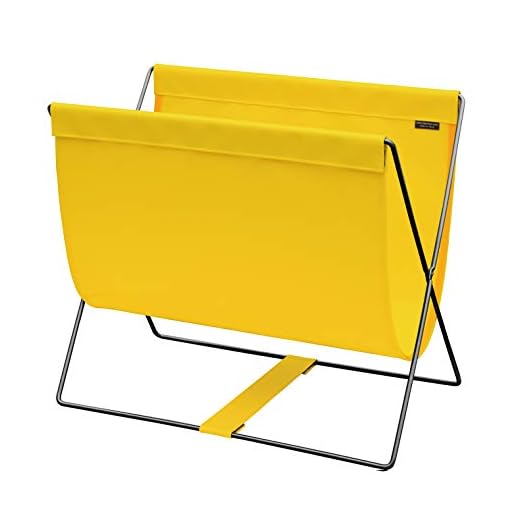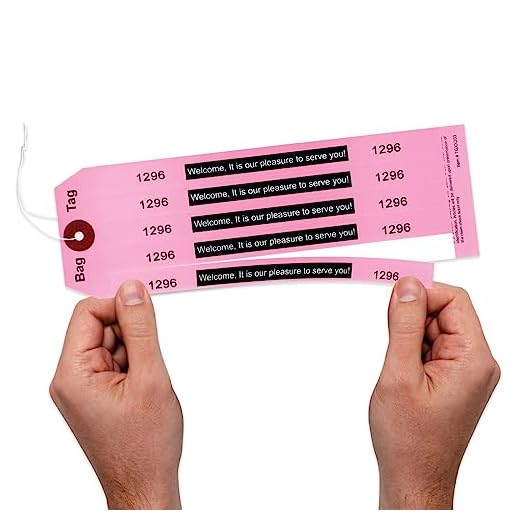



First and foremost, consider using parcel delivery services available near major stations. These services allow you to send your belongings to the destination ahead of time, alleviating the concern of carrying them on board.
If immediate transport is necessary, opt for smaller, carry-on sized bags that easily fit in designated overhead bins. Prioritize packing light; removing non-essential items can significantly enhance your travel experience.
In situations where there is still a lack of adequate storage, be aware that many stations offer coin lockers for short-term use. This option allows you to securely store your belongings for the duration of your trip. Be sure to check the size and availability beforehand.
Lastly, familiarize yourself with the layout and facilities of the specific train service you plan to use. Different models may offer varying storage capacities, which could aid in your planning and reduce last-minute stress.
Understanding Shinkansen Luggage Policies
Check in advance whether your chosen mode of transit allows for baggage of significant dimensions. Many operators have strict guidelines regarding size and weight. Items exceeding the limits may need to be shipped separately or stored at a designated facility.
Standard Limits
Maximum acceptable dimensions typically stand at around 160 cm (height + width + depth combined). Weighing over 30 kg may incur additional fees or restrictions. Prepare to adjust your packing routine according to these regulations.
Additional Options
Consider utilizing dedicated transportation services that specialize in baggage handling. Reserving storage at train stations can alleviate concerns about carrying excess items onboard. Some stations offer short-term rental facilities that facilitate easy retrieval upon arrival.
Advance booking of specific seating arrangements can also help mitigate issues. Opt for configurations with increased availability for personal items or additional legroom. Always read up on individual carrier policies before travel to avoid surprises.
Alternatives for Over-Sized Luggage
Consider using delivery services for transporting large items. Many companies offer convenient door-to-door options across Japan, ensuring luggage arrives at the specified destination without hassle.
- Kuratake: A reliable choice for shipping, providing various size options and quick transit times.
- Nippon Express: Offers comprehensive luggage handling, with options for insurance and tracking.
- Yamato Transport: Known for its Takkyubin service, allowing easy pick-up and delivery across the country at reasonable rates.
Rental Services
Rent luggage storage units from numerous facilities available in major cities. This helps avoid the need to carry bulky items on public transport or during excursions.
- Search online for local luggage storage services like LuggageHero or Bagbnb for convenient options.
- Airports and train stations frequently feature storage lockers and services for temporary stowing of belongings.
Alternative Transportation
If direct travel on express trains with oversized belongings isn’t viable, consider using buses or traditional rail options that accommodate larger items.
- Highway buses often have designated areas for extensive luggage, making them suitable for large parcels.
- Local trains generally have fewer restrictions, enabling ease of access for bigger items at a slower pace.
Planning in advance by exploring these alternatives can significantly ease your travel experience in Japan.
Options for Shipping Baggage in Japan
Utilizing courier services remains the most practical choice for transporting your belongings across the country. Notable companies such as Yamato Transport and Sagawa Express offer door-to-door delivery, ensuring convenience and peace of mind. Rates vary depending on size and distance but often start around 1,500 yen for smaller items.
Hotel Delivery Services
Many accommodations provide assistance with shipping items directly to your next destination. Confirm with the front desk regarding availability and fees, as arrangements can sometimes be made at no additional cost for guests.
Luggage Storage Solutions
For temporary storage needs, consider options like coin lockers available at major train stations, ranging from small to large sizes. In addition, facilities catering specifically to travelers offer more extended storage periods and security. For students, checking best luggage storage for students can yield favorable deals and services.
Strategies for Choosing the Right Train Car
Select the car based on the size of your belongings. Opt for the Green Car if you have larger items. It often provides enhanced space for personal items compared to standard cars.
Analyze seat configuration before booking. Each carriage may feature differing layouts. Single seats or configurations with extra room should be prioritized for maximum convenience.
Check the train’s amenities. Certain cars may provide additional storage options, such as overhead racks or designated luggage areas. Use these to ensure ease of access during travel.
Travel during off-peak hours to enhance your chance of securing a favorable seat. Booking during these times may result in more available options for positioning your items comfortably.
Consider the time of day when planning your trip. Early morning and late evening trains generally see lighter crowds, presenting an opportunity to choose your seat more freely.
Utilize online resources to view real-time availability and layout maps. For instance, visiting sites that detail different types of transports can help in making an informed decision.
Lastly, if you’re unsure, consult the customer service team for guidance on which carriage best suits your requirements. They can provide specific advice tailored to your situation.
| Train Type | Recommended Car | Storage Options |
|---|---|---|
| Standard | Standard Car | Overhead Racks |
| Luxury | Green Car | Additional Space |
| Regional | Business Car | Designated Areas |
Your travel preparation can make the difference in comfort. For tips on maintaining your belongings in top condition during transit, you might find the best angle for pressure washing car useful.
How to Manage Carry-On Items During Travel
Carry-on organization is key. Use packing cubes to categorize items, making access swift and hassle-free. Choose lightweight, compressible cubes that maximize space within your limited allowance.
Smart Packing Techniques
- Roll clothing instead of folding to save space.
- Place heavier items at the bottom of your bag for better balance.
- Utilize every nook; stuff small items into shoes or gaps.
- Limit toiletries to travel-sized containers and consider solid alternatives.
Accessibility and Convenience
- Keep important documents, chargers, and personal items in an easily accessible front pocket.
- Invest in bags with multiple compartments to streamline organization.
- Use a personal item like a backpack to distribute weight and allow for easy transport.
Consider a digital solution by storing important papers and tickets on your phone. This minimizes physical items and reduces burden.
Recommendations for Luggage Storage at Train Stations
Utilize coin-operated lockers at stations, available in varying sizes to accommodate different items. Check the size and dimensions displayed on each locker before selecting one.
For larger belongings, seek out designated baggage storage services located within major terminals. These counters provide a secure option for extended time periods, often allowing drop-off or pick-up at varying times.
Consider utilizing delivery services offered at many stations. These services can transport your belongings directly to your accommodation, providing convenience and ease during your travels.
Familiarize yourself with the station layout prior to arrival. Many railway hubs have maps available online or on-site, highlighting the locations of lockers and baggage handling services.
For short visits or layovers, aim to travel light. Pack only essentials in a compact bag that fits easily within your personal space on the train.
Research specific station facilities ahead of your trip, as some locations may have unique amenities such as self-service terminals or staff assistance.
Keep emergency contact information handy, particularly if you encounter any issues with storage options or need assistance while at the station.
FAQ:
What should I do if I can’t find space for my luggage on the shinkansen?
If you’re unable to find space for your luggage on the shinkansen, you have a few options. First, check if there are dedicated luggage areas at the end of the carriages where larger bags are usually stored. If these areas are full, you can consider using a luggage delivery service that operates in Japan, which can transport your bags to your destination. Additionally, smaller bags that fit in the overhead compartments or under the seat should be prioritized for your travel. Always plan ahead and try to book your tickets in advance to avoid last-minute issues with luggage space.
Are there size limitations for luggage on shinkansen?
Yes, shinkansen has specific size limitations for luggage. Generally, individual pieces of luggage should not exceed 250 cm when you add the length, width, and height together. If your bag is larger, it may not fit in the designated luggage areas or under the seats. Passengers traveling with oversized luggage can opt to reserve a special space for their items if available for their train service. It’s advisable to check the specific train’s policies before travelling, as different shinkansen lines may have varying regulations.
Can I bring a bicycle or large sports equipment on the shinkansen?
Bringing a bicycle or large sports equipment on the shinkansen is possible, but it involves certain regulations. Bicycles typically need to be disassembled and placed in a bag, meeting a size requirement. Some shinkansen services allow reservations for bicycle spaces, which is highly recommended. For larger sports equipment, like skis or surfboards, you should also confirm with the specific train line regarding their handling policies. Always check in advance to ensure compliance with the rules, as this can save you a lot of hassle during your trip.
What alternatives are available if the shinkansen is full and I can’t take my luggage?
If the shinkansen is full and you cannot take your luggage with you, consider alternative travel options. Local trains and buses may be available, though travel times might be longer. Another option is to use a luggage forwarding service that can take your bag to your hotel or next destination while you travel without it. This service is particularly useful for items you do not need immediately. Keep in touch with the service provider’s recommendations to ensure a smooth transfer of your belongings.










